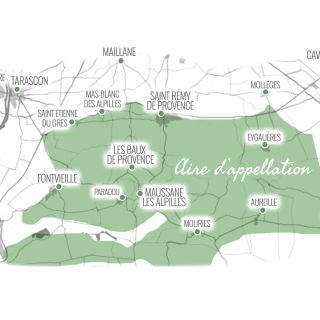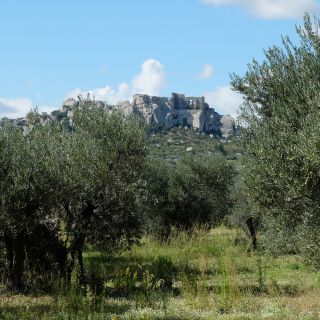AOP and AOC: a user’s guide
APPELLATION D’ORIGINE CONTRÔLÉE (AOC)
The Appellation d'Origine Contrôlée is a French term to designate a product of which the entire production process is conducted with recognised know-how from the same geographic area, which gives the product its characteristics.
APPELLATION D’ORIGINE PROTÉGÉE (AOP)
The Appellation d'Origine Protégée is the EU equivalent, in French, of the AOC. It protects a product in all countries in the European Union. The English-language equivalent of AOP is PDO (Protected Designation of Origin).
In a 1935 law on wine-market protection, the government created the Appellation d'Origine Contrôlée for wines, and set up the body tasked with defining, protecting and inspecting the wines that would be awarded this label.
The French policy to promote agricultural products inspired the creation of EU regulations. These aim to harmonise the regional labels: the AOC, for example, now has a European equivalent, the AOP (or PDO, in English). Since 1 May 2009, the AOP label (or other-language equivalent) is shown on all European products which are produced, processed and finished in a defined geographic area, using recognised know-how and to a specific specification.
Since 1 January 2012, in order to clarify what is offered to consumers, such products must only display the AOP label - with the exception of wines, which in France can show the AOC label.
In France, the AOP label is granted by a public body, the Institut National des Appellations d'Origine (INAO), in order to ensure a close bond between product and terroir:
- A defined geographical origin with its own geological, agronomic and climate characteristics.
- Production conditions that stem from a culture and a history, and which take account of unchanging local customs.
- Analytical and organoleptic examination of the products, overseen by the INAO.
AOP Vallée des Baux de Provence
- Split olives from the Vallée des Baux de Provence
- Black olives from the Vallée des Baux de Provence
- Olive oil from the Vallée des Baux de Provence
This marked the culmination of representations made by the local olive-trade body, the Syndicat Interprofessionnel de l'Olivier de la Vallée des Baux de Provence, to the INAO to gain recognition for the distinctive character of the local products; and to promote traditions and age-old savoir-faire in olive-farming.
The AOP area covers 1,700 hectares (about 4,250 acres) in the northeast portion of the Department of Bouches du Rhône, in the heart of Les Alpilles. This limestone hill range, which rises to 498m altitude, runs for about 30km between Arles in the west and Salon-en-Provence in the east. The soils contain pieces of limestone, which allow natural drainage conducive to cultivating olive trees.
- a defined area of production
- specific olive varieties: principal (Salonenque, Béruguette, Grossane and Verdale des Bouches-du-Rhône) and secondary (Picholine and others)
- a planting density range of 150-416 trees per hectare (about 60-168 / acre)
- regular grove maintenance
- yields not exceeding 6 tonnes / ha (about 2.4 tonnes / acre)
- the processing facility must be located in the production area, and use only mechanical techniques to cold-press the oil
- a certificate of approval has been awarded by the INAO after a judges' tasting and sample analysis.
Download the French decree of 27 August 1997 (in French)
"relative to the AOP for olive oil in Les Baux de Provence here"









